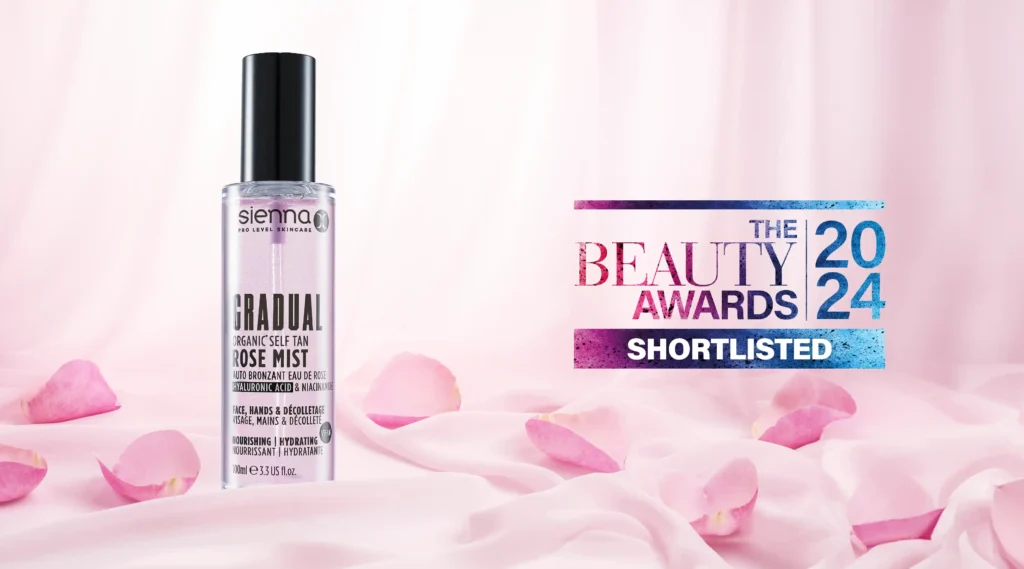What's the difference between bleaching and tinting eyebrows?
Should you bleach or tint your eyebrows? Here’s our guide to understanding the difference between bleaching and tinting.
Bleaching
Bleaching the eyebrows lightens your existing hair colour by removing the naturally occurring pigment (or melanin) in your hair through a chemical reaction. Some people like to bleach their brows after dying their hair lighter to reduce the harshness of a very dark brow set against a blonder hairline. This simple colour change can harmonise the face and create a lighter and brighter look.
Fully bleached eyebrows (where all the colour from each hair is completely removed) can create a real statement. Almost invisible, super-blonde brows reduce facial contrast and showcase the eyes.
Bleaching your brows at home can be tricky because some hair types have a tendency to go through a stage of looking brassy and orange instead of pale blonde. Delicate eyebrows can also become damaged if the bleaching solution is too strong. And, leave the product on for a minute too long, and you might find that your brows have lightened too much and almost disappeared.
Tinting
If bleaching takes colour away, tinting adds colour on. Professional eyebrow tints are very much like box hair dyes that can be applied to the hair to make it look darker. Each colour can be customised to create the perfect shade and left on the brows for different time periods to attain your ideal depth.
Tinting instantly makes the brows look thicker by ‘picking up’ finer hairs at the tail end of the brows and accentuating the arch. Going darker is brilliant for creating a heavier-set frame for the eyes and making sparser brows look fuller without the need for extra make up.
Professional brow tinting at a salon guarantees a uniform colour finish that is much harder to achieve at home. Experts are also better at colouring white or grey eyebrow hairs that can be more resistant to high street dyes. Why not book your appointment today?


